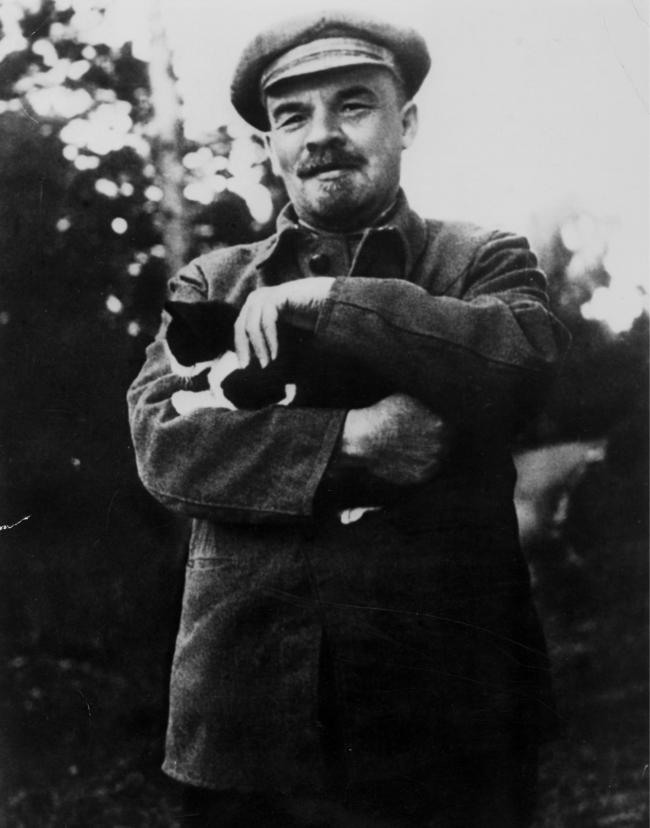AS every fool knows, the best way to tame a lion is to point the four legs of an upturned chair at it. A three-legged stool will not do – only the calming effect of the underside of a chair will bring a lion to heel.
This discovery was made by the man who revolutionised the lion taming world – Frank Charles Bostock who, as Memories 394 told, was born in Darlington (the home of lion taming) on September 10, 1866.
However, it transpires that the North-East as a whole is a hotbed of lion taming, because Tyneside boasts that it is the birthplace of the world’s most revolutionary lion tamer, John Smith Clarke, who was born into a circus family in Jarrow in 1885.
By the age of 17, he was an assistant lion tamer, and when a lion-related accident befell the chief lion tamer, he was promoted to the top of the lion-taming tree, becoming the youngest lion tamer in the country. A lion attacked him in a cage within days of his promotion, but that did not deter him. No, a circus proprietor could relion John.
He was also a socialist, a seafarer, a poet and a journalist, editing The Keel, the magazine of the Newcastle Socialist Society, and dabbling in gun-running to Russian revolutionaries – this came to an end when a cache of arms was discovered at Blyth in Northumberland.
He was virulently against the First World War, believing that the working classes should be fighting the capitalist system rather than themselves, and in 1920 went to Moscow where he met Vladimir Lenin. Lenin, who was in the midst of a civil war, was extremely worried about his pet spaniel which was unable to walk until John treated it – he either tweezered out a piece of metal embedded in the dog’s foot or scissored off a tuft of hair that was painfully growing between its toes.
After this great success, John helped to train Lenin’s houseful of cats – Mrs Lenin, Nadezhda Krupskaya, was a big cat fancier. Anyone who read The Northern Echo’s Remembrance Sunday edition could well have seen a product of John’s work as we had a photograph of Lenin stroking a very well trained cat in 1922.
 Lenin stroking a pet cat in Gorki. August 1922Supplied By: SCRSS - Society for Co-operation in Russian & Soviet Studies
Lenin stroking a pet cat in Gorki. August 1922Supplied By: SCRSS - Society for Co-operation in Russian & Soviet Studies
CAT MAN: Vladimir Lenin in Gorki in 1922, stroking a cat that may have been trained by North-East lion tamer, John S Clarke
However, John was not impressed by the Bolsheviks and when he returned home, he joined the Independent Labour Party, and from 1929 to 1931, he was the Labour MP for Maryhill in Glasgow, speaking often in the House about preventing animal cruelty.
When he lost his seat, he returned to lion taming, advertising his shows as being “brighter and better than ever”. He thus bookended his career by becoming the country’s oldest lion tamer.
After the war, he wrote the Uncle Mack children’s column in the Daily Express, and he died in 1959. We are extremely grateful to David Walsh in Brotton for bringing this fabulous story to our attention.

FRANK CHARLES BOSTOCK was born in Darlington because his family’s travelling menagerie, Wombwells, was visiting the town.
The menageries grew into circuses which used the railway network to tour the country on special circus trains. Often a parade of elephants from the railway station to the showfield was used as a high profile way of announcing that the circus had come to town – so far, we’ve had pachyderm parades in Middlesbrough, Darlington, Bishop Auckland and Durham.
“Both Sangers and Wombwells circuses visited Shildon every two years, bringing elephants, camels, lions and a dancing bear in the 1920s and 1930s,” says Alan Ellwood of the Shildon History Recall Society. “They’d arrive by rail on the Surtees line and set up at the bottom of the recreation ground. The animals were paraded around the streets to attract customers, and a boxing booth attracted lots of would-be champions; both circuses did well in Shildon.”
When the railway closed in the late 1930s, the circuses came less frequently to Shildon.
But a lack of circuses did not mean an end to elephants being seen in the North-East.
“Timber merchant Dryden Ward, of Wolsingham, was the first to bring elephants into England for use in forestry,” continues Alan. Mr Ward was a big Weardale figure, reinvigorating Wolsingham show after the Second World War, building an impressive home called Twelve Oaks and, apparently, using elephants to drag fallen timber out of awkward forests.
“Every red-painted building in Weardale is said to have belonged to the Ward family,” says Alan.
Everyone knows that every white building in Teesdale is owned by Lord Barnard of Raby Castle, but are the red buildings of Weardale all Wards? If you know about that, or can tell any elephants-in-forestry stories, please email chris.lloyd@nne.co.uk.






Comments: Our rules
We want our comments to be a lively and valuable part of our community - a place where readers can debate and engage with the most important local issues. The ability to comment on our stories is a privilege, not a right, however, and that privilege may be withdrawn if it is abused or misused.
Please report any comments that break our rules.
Read the rules here